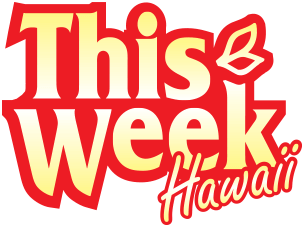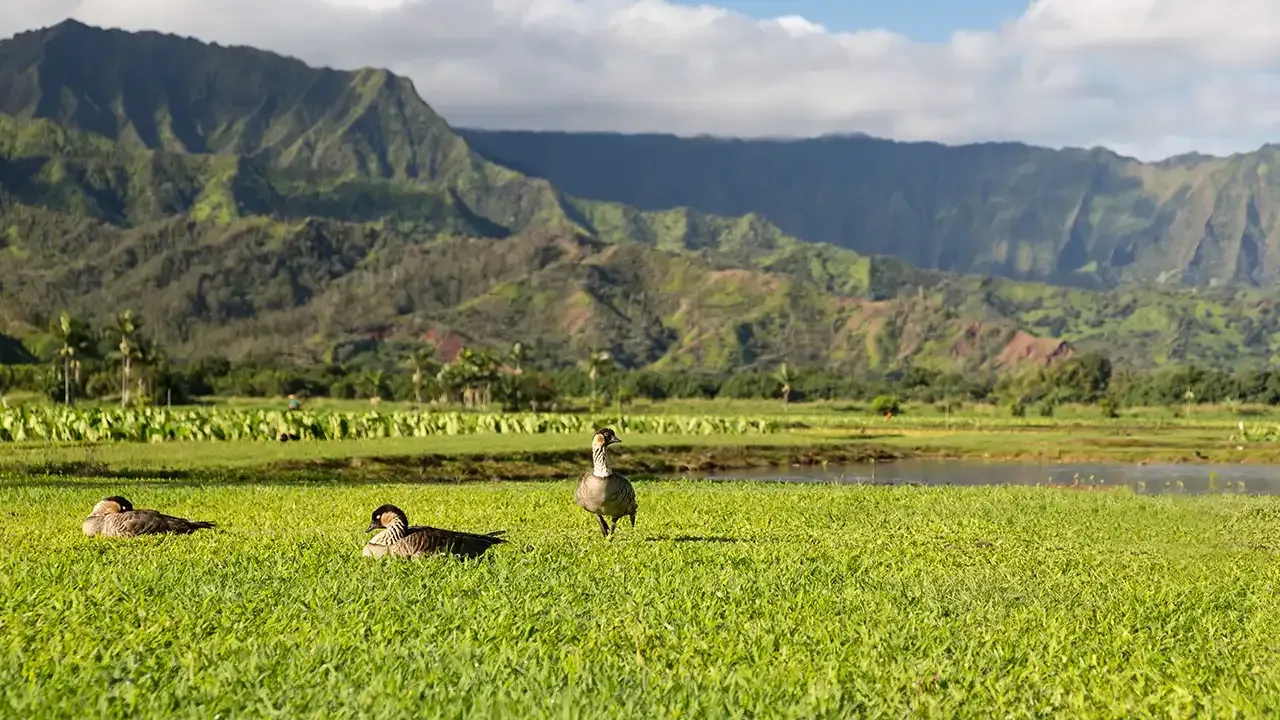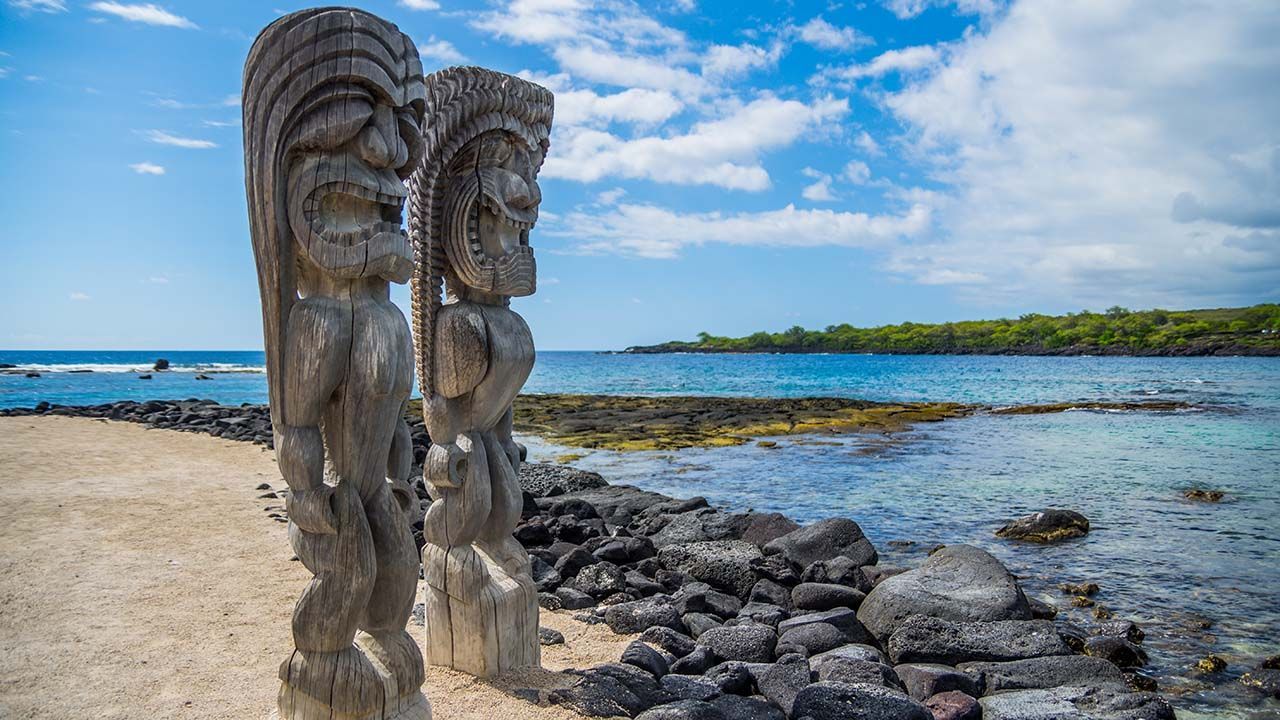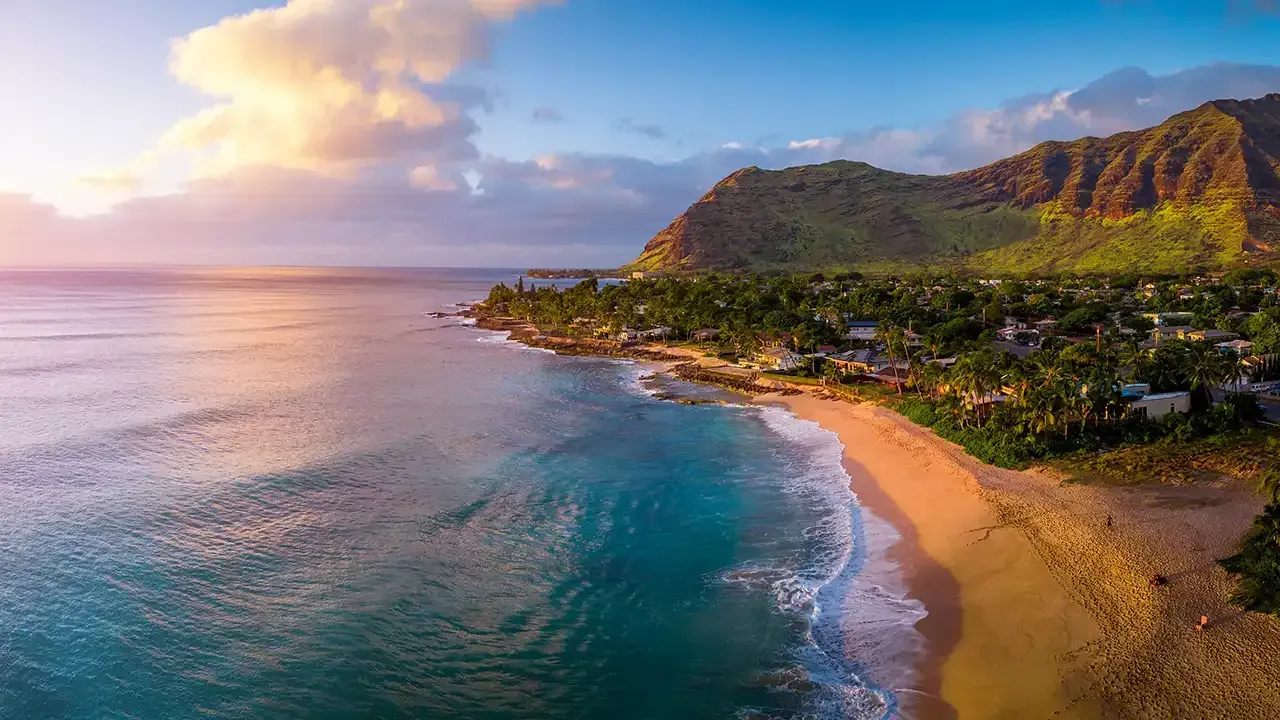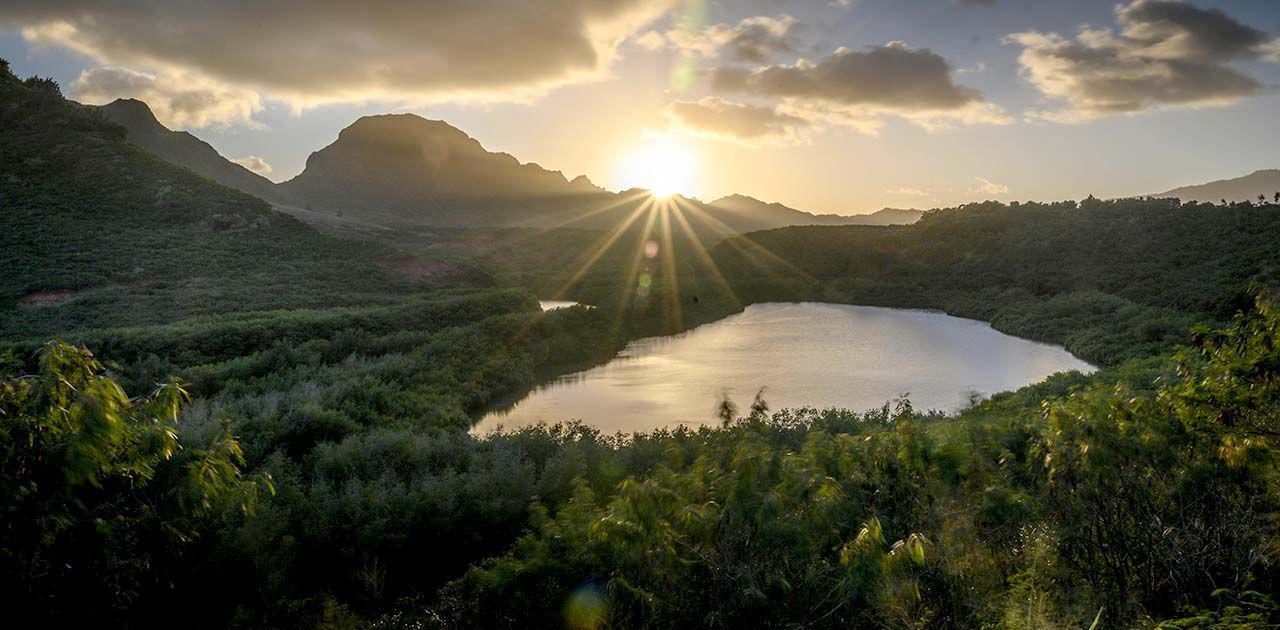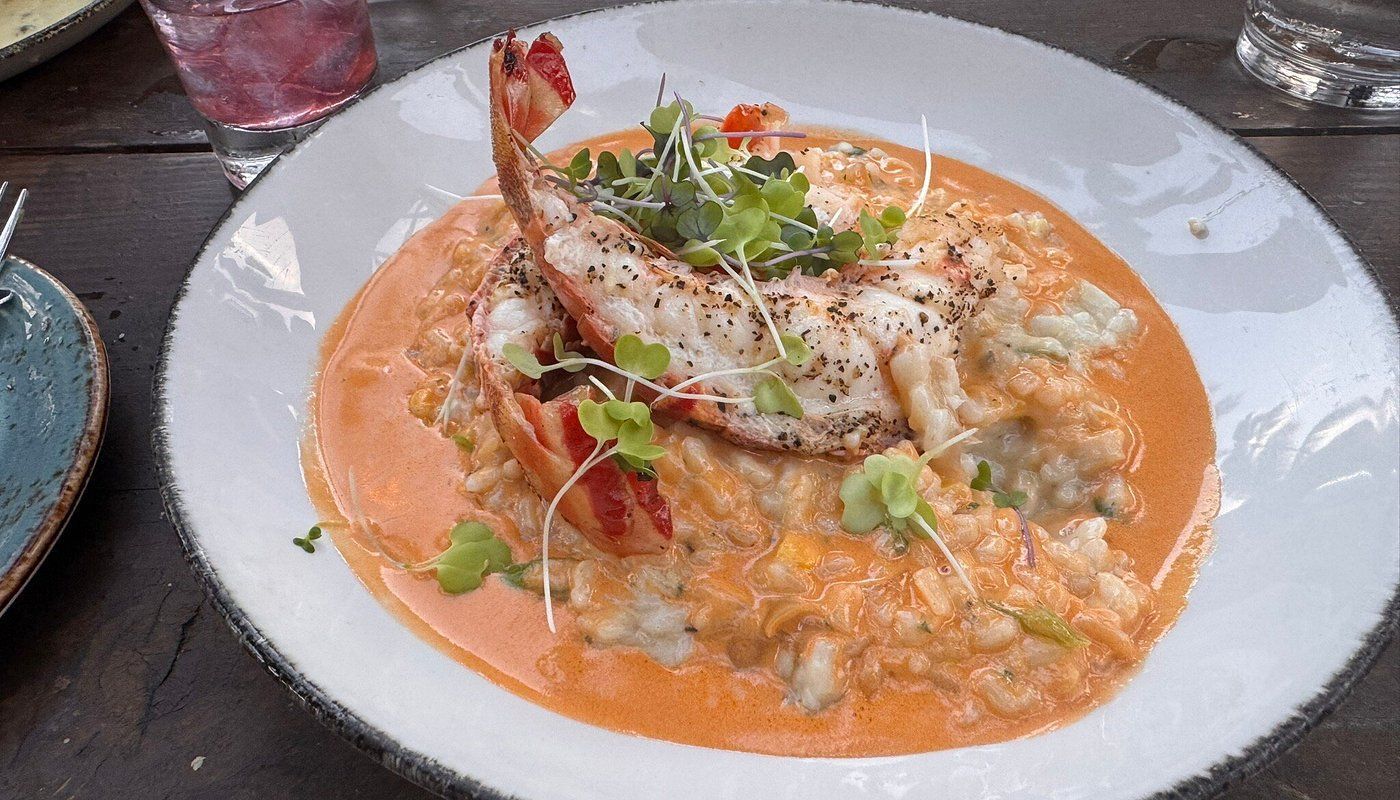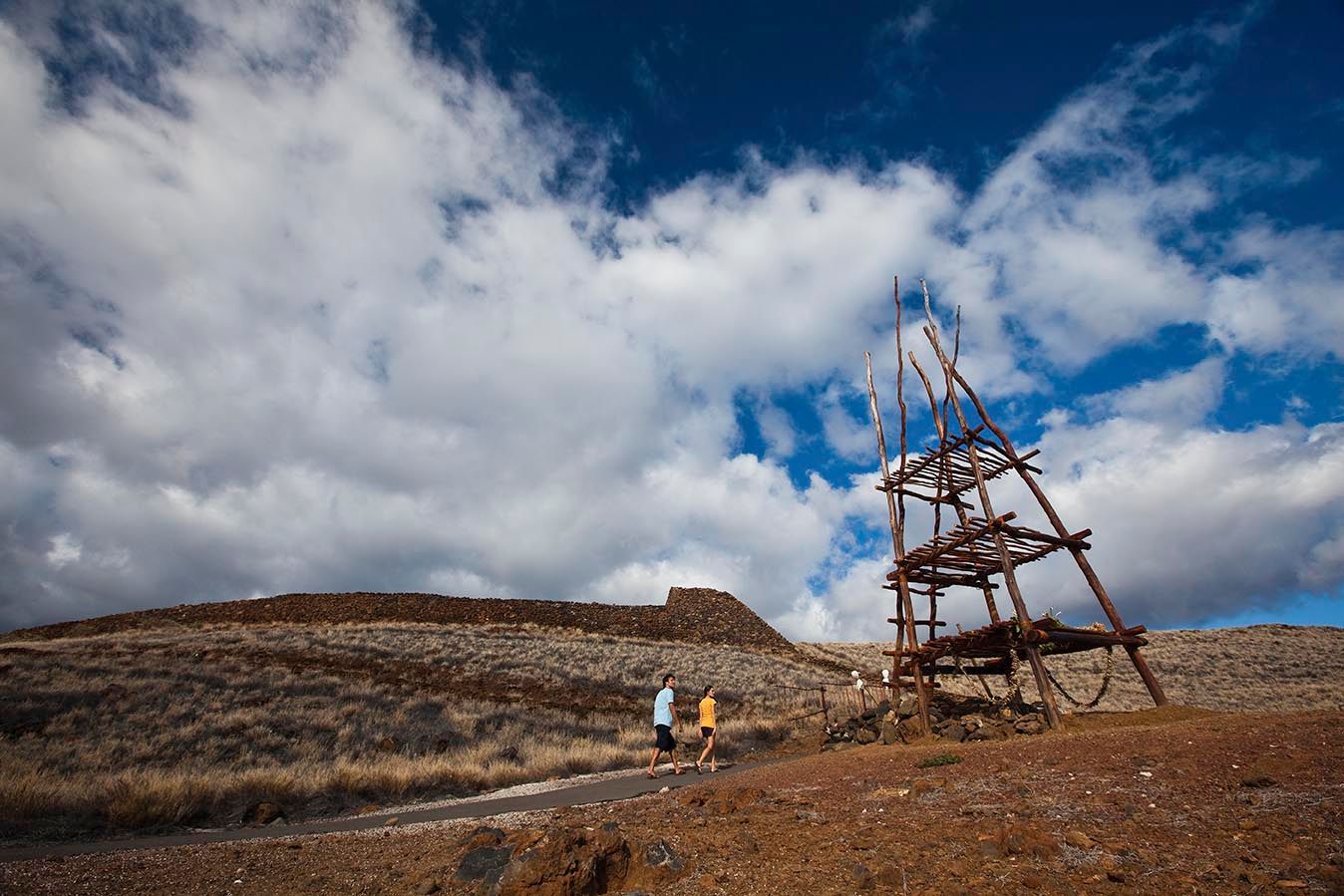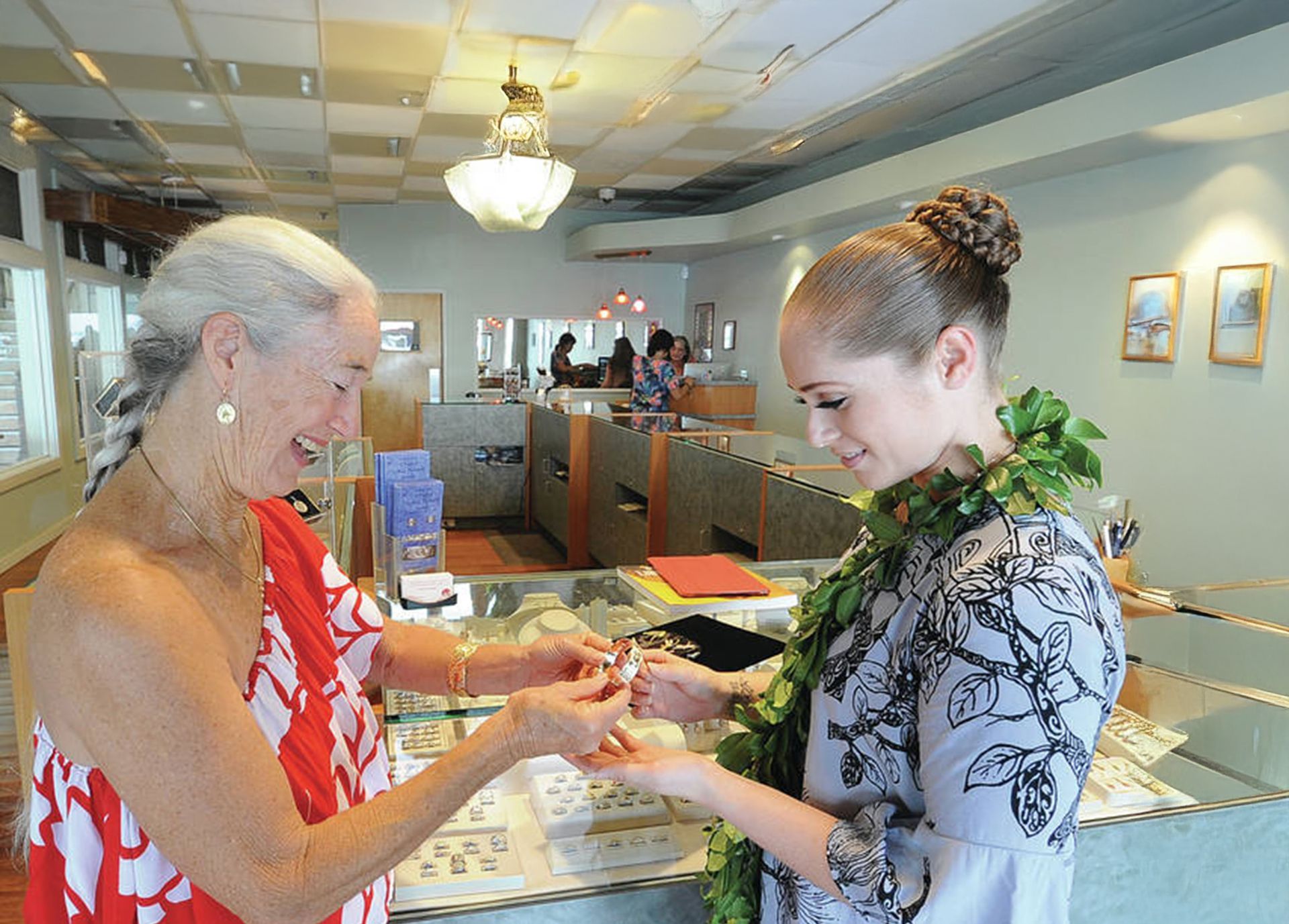Hawaii Hurricane Seasons – What Visitors Should Know
Hawaii's breathtaking beaches, lush landscapes, and year-round warm weather make it a dream destination for travelers from around the world. But like many tropical regions, Hawaii has a hurricane season that some visitors are curious about. However, hurricanes are extremely rare in Hawaii.
The possibility of tropical storms and severe weather during certain months can affect flights, outdoor plans, and even safety if you're not prepared.
Understanding Hawaii's hurricane season is essential for a smooth and stress-free vacation. In this guide, we'll cover when hurricane season occurs, how often storms impact the islands, how to stay informed, and what steps to take to ensure your Hawaiian adventure goes off without a hitch — rain or shine.
Table of Contents
- When Is Hurricane Season in Hawaii?
- How Common Are Hurricanes in Hawaii?
- Notable Hurricanes in Hawaii's History
- How Do Hurricanes Affect Travel Plans?
- How to Prepare for a Hurricane While Visiting
- What Hotels and Resorts Do During Hurricanes
- Should You Travel to Hawaii During Hurricane Season?
- Helpful Resources and Emergency Contacts
- Frequently Asked Questions About Hawaii Hurricane Season
- Final Thoughts
When Is Hurricane Season in Hawaii?
Hurricane season in Hawaii officially runs from June 1 through November 30 each year. This period aligns with the broader Central Pacific hurricane season. Although tropical cyclones are more likely during these months, the islands are not frequently impacted by direct hurricane hits.
The peak months for hurricane activity in Hawaii are typically August and September, when ocean temperatures are at their warmest, fueling potential storm development.
How Common Are Hurricanes in Hawaii?
Despite being located in the Pacific Ocean, Hawaii rarely experiences direct landfalls from hurricanes. Most storms weaken or veer off course before reaching the islands. A few key points to note:
- On average, only about 4 to 6 tropical cyclones form or move through the Central Pacific each season.
- Of those, only a small fraction directly affects Hawaii.
- The Hawaiian Islands' unique geography, trade winds, and relatively calm waters often help to weaken storms as they approach.
While the odds of encountering a hurricane during your trip are low, the potential for tropical storms or related heavy rains still makes it essential to stay informed. You can also check official NOAA sources for Hawaii's hurricanes.
Notable Hurricanes in Hawaii's History
While hurricanes are rare in Hawaii, the few that have struck or neared the islands have left lasting marks on the landscape and communities across the islands. Beyond the wind speeds and rainfall totals are stories of families displaced, homes destroyed, and entire communities coming together to recover. These storms serve as sobering reminders of how powerful nature can be — and how resilient the Hawaiian Islands and their communities are.
- Hurricane Iniki (1992): Category 4 hurricane that devastated Kauai. Winds reached 145 mph and caused over $3 billion in damage.
- Hurricane Lane (2018): Approached as a Category 5 but weakened. Dropped over 50 inches of rain and caused major flooding on Big Island and Maui.
- Hurricane Douglas (2020): Passed close to Oahu, showing how even near-misses can bring strong winds and rain.
How Do Hurricanes Affect Travel Plans?
If a tropical storm or hurricane threatens Hawaii during your visit, you may encounter:
- Flight cancellations or delays
- Tour and activity suspensions
- Beach and trail closures
- Power outages or limited services
- Hotel restrictions or emergency procedures
Fortunately, most airlines and travel providers offer flexible policies during severe weather. Always check the storm policies of your airline, hotel, and tour company in advance.
How to Prepare for a Hurricane While Visiting
- Monitor the Forecast: Use trusted sources like the CPHC and NWS. Download apps that provide emergency alerts.
- Stay in Contact With Your Hotel: Hotels usually have emergency plans and will provide updates or instructions.
- Prepare a Mini Emergency Kit: Include flashlight, water, snacks, first-aid kit, phone charger, and rain gear.
- Know Where to Go: Ask your hotel about the nearest safe zone. Avoid beaches and cliffs during storm warnings.
- Consider Travel Insurance: Policies with CFAR options give you maximum flexibility.
What Hotels and Resorts Do During Hurricanes
Most major resorts in Hawaii are well-prepared. During a hurricane threat, expect:
- Secure indoor shelter areas
- Storm shutters or reinforced windows
- Updates via room calls or messages
- Suspension of outdoor activities
- Emergency food and supplies if needed
Should You Travel to Hawaii During Hurricane Season?
Yes. Millions visit during this time without issue. Consider:
- Pros: Fewer crowds, lower prices, warm weather
- Cons: Slightly higher storm risk, potential travel disruptions
If you're flexible and stay informed, it can be a great time to visit.
Helpful Resources and Emergency Contacts
| Resource | Website / Info |
|---|---|
| National Weather Service – Honolulu | weather.gov/hfo |
| Hawaii Emergency Management Agency | ready.hawaii.gov |
| Red Cross Hawaii | redcross.org/local/hawaii |
| Visitor Aloha Society of Hawaii (VASH) | visitoralohasocietyofhawaii.org |
Also consider signing up for HNL.Info and Maui County Alerts for emergency island-specific updates.
Frequently Asked Questions About Hawaii Hurricane Season
- When is hurricane season in Hawaii?
- June 1 through November 30, with August–September being the peak.
- How often do hurricanes hit Hawaii?
- Very rarely. Most storms weaken or miss the islands entirely.
- What happens if a hurricane hits while I'm in Hawaii?
- Follow your hotel’s guidance and updates from NWS or emergency agencies. Activities may be suspended.
- Should I cancel my Hawaii trip during hurricane season?
- Not necessarily. With flexibility and awareness, you can still enjoy your trip safely.
- Is travel insurance necessary for hurricane season?
- Highly recommended — especially plans with weather-related coverage or CFAR options.
- How can I check for hurricanes before or during my trip?
- Monitor CPHC and NWS websites and sign up for local alerts.
Final Thoughts
Hurricane season in Hawaii is not something to fear — but it is something to respect and prepare for. With a bit of awareness and flexibility, you can still enjoy everything the islands have to offer, even during the storm season.
If you're planning a trip between June and November, remember to:
- Monitor the forecast regularly.
- Choose travel insurance with weather coverage.
- Stay informed through hotel updates and official resources.
